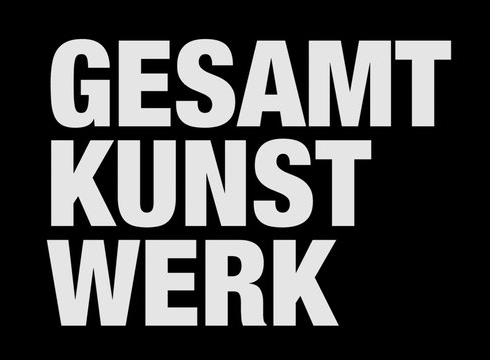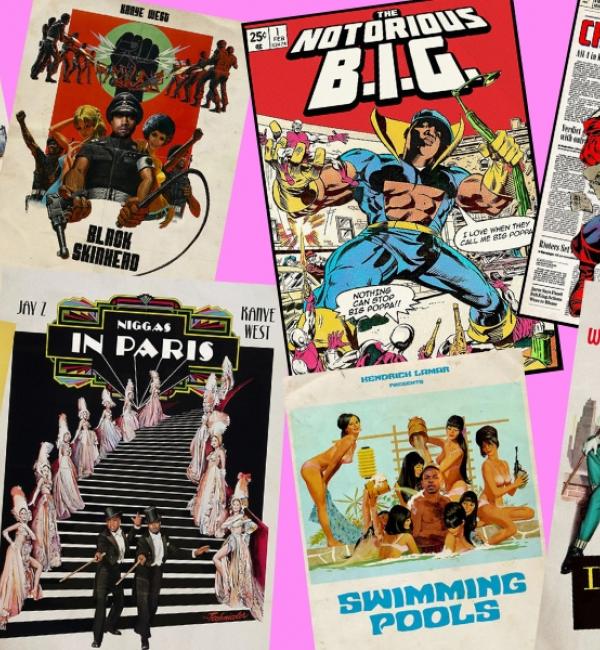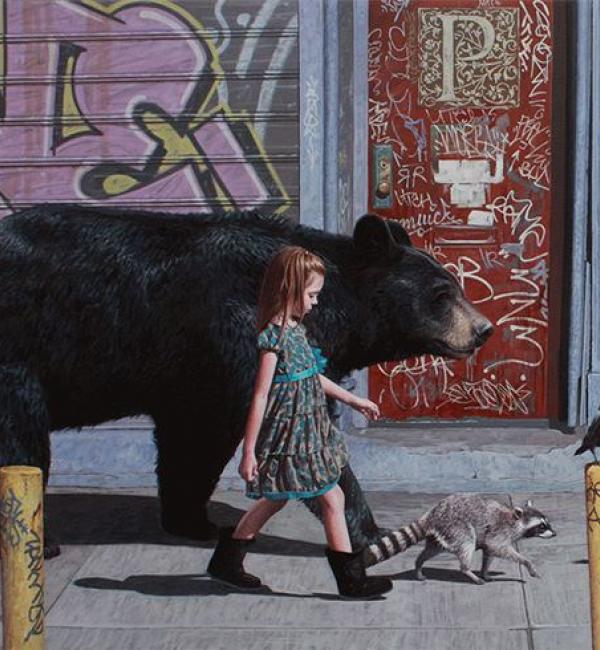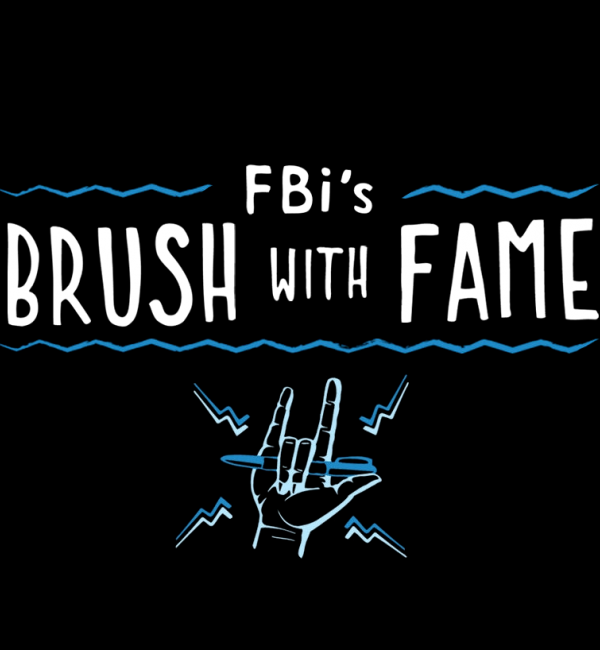
In the year that was, the one that just ended, the best things for me were those that inhabited the Wagnerian prime zone of “total work of art”. That is, music was part of an artistic eco-culture – a big part but just a part none the less.
Three “moments” spoke to this aesthetic in particular.
“David Bowie Is” [Exhibition, London V&A]

Which portrayed Bowie’s music in a way that expanded understanding and enhanced enjoyment. Whether it was the hand drawn storyboards for the Scary Monsters video clip, or the Japanese inspired costumes for his early live performances -

Or the hand written lyrics for Ziggy Stardust -

(artfully displayed in cases full of contemporary artifacts, and context informing influences) the exhibited Bowie was far greater than the musical one – however great and influential that is. {Actually this isn’t true – but in 2014 the three dimensional nature of the exhibition and it’s curation added something new to a musical legacy we are all familiar with). The exhibition was full of surprises and moments of joy – not least the Klaus Nomi inspired costume for Boys keep Swinging on Saturday Night Live.
TV as art anyone?
More than anything though, the exhibition, and BBCs staggering “5 Years” TV special that accompanied it, reinforced Bowie’s obsession that being creatively static was as dull as death, and that he himself was just an actor playing a number of roles.
It made a new sense of his brilliant 10 year creative burst.
In a similar way, but less satisfactory, was the 3-D extravanganza of Kraftwerk live. [Vivid Festival, Sydney Opera House]

I must admit this was a fun idea (who didn’t love tickets coming with 3D glasses or revel in the sight of hipsters in wraparound green and red), and another chance to reflect on the legacy of the Dusseldorf electro kings. And it certainly qualified for the “total work of art” ideal with the addition of (even more) stunning visuals to the normal Robots.
But the problem here, frustratingly, was the music itself which had been re-arranged and digitized to within an inch of its life. It didn’t bother me that I couldn’t tell whether anything was actually being done live or if a tape was playing, but it did bother me hearing new digital versions of the old songs – especially on things like Autobahn which had retained elements of real human playing on their recordings. I left wishing for “Ruckzack”
and a bit of the “banished” albums, Kraftwerk 1&2 and Ralf und Florian which had retained pre-electro aspects and were less “perfect”. Don’t get me wrong I sort of love Kraftwerk but making everything digitally glitter didn’t necessarily make it more golden.
[In a dull aside, and my traditional rant against reformation shows, I could have lived without each set being rounded out by the same hits selection. Good for value for money, but dull after several listens]
Finally, and best of all, was the exhibit “When Art Danced with Music” [Exhibition Washington Art Museum]. Here, through the sheer ambition and determination of crazy art loving entrepreneur Sergei Diaghilev (pictured below), Wagner’s ideal was lived in full.
Diaghilev devoted himself to raising money for the fabulous Ballet Russes as they wended their ex-pat road across Europe and America in the early part of the century. His corps (sadly never filmed – probably the one thing he got wrong thinking the moving picture would undermine ticket sales) allied the best and most legendary of dancers (Anna Pavlova and Nijinsky to name but two) with brilliant and progressive choreography from the likes of Ballanchine, Fokine, Messine and Nijinsky and (his sister) Nijinska.
As if this wasn’t enough in itself (and it is as these ballets redefined the technical possibilities of dance and the idea of what might make a ballet), Diaghilev demanded adherence to Wagner. So at huge cost he assembled the cream of modern art and fashion to create the costumes and backdrops
(his protégé and partner Bakst was joined by Picasso, Goncharova, De Chirico, Cocteau, Matisse and Coco Chanel) and the music represented the cream of the new avant-garde with Stravinsky, Rimsky Korsakov, Profokiev, Strauss, Poulenc, Debussy, Ravel, and Satie all writing for him. This music is still progressive today and the costumes and art represent a creativity working at the highest level.
At its peak – and its hard not to think of the riot inducing Rite of Spring as a peak, even if the cult of Scherezade perhaps was more culturally dominant at the time– the Ballets Russes was the total package Bowie aspired to, and as controversial as the Sex Pistols themselves (or any act of performance art). Considering the impact of dancers dressed as folk peasants, and being forced to literally turn their steps backwards to a new music heavy on rhythm and dissonance from 100 years distance should make it easy to assimilate, but somehow it doesn’t lessen the “Shock Of the New” at all. It’s an act of revolutionary art and thrills even today.
Is there a conclusion? Not so much. More a thought. The thing we love isn’t just good songs, or a moment of radio. These exist as valid forms, especially when linked to experiences (first kisses, funerals and so on) which extend their meanings and give them reason. But the difference between “good music” and “great art” is the fullness of the concept and how many levels there are for us to dig into and enjoy. Diaghilev knew this and every aspect of his performances was considered, and indulged, to create something that has a satisfaction level more than the (very considerable) sum of its parts. We seem to be going through a little minute when this is maybe not being considered in music as it might be, but this will change as surely as we have rediscovered vinyl and the special pleasure it offers. Soon the creators will catch up (Kanye is probably part way there). Look out for the smart ones…
-TH





